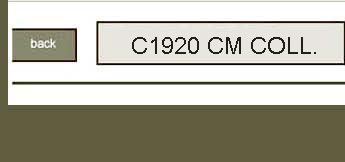 |
 |
||||
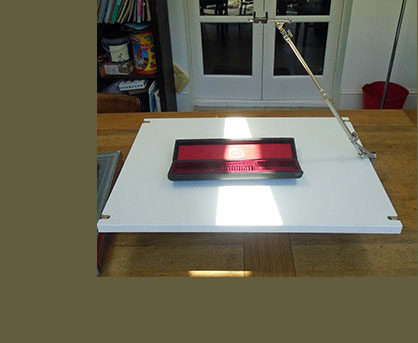 |
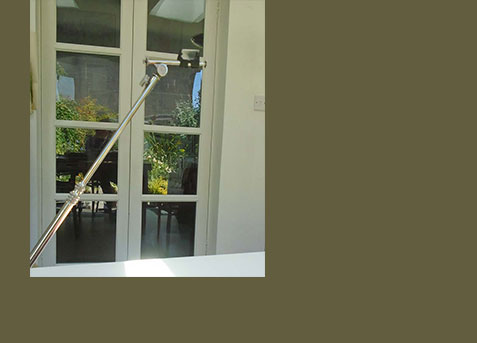 |
||||
 |
 |
||||
 |
 |
 |
|||
|
|
|
|
|
|
|
Lechertier Barbe Ltd remained in business at 95 Jermyn St from 1898 until 1970 when it was the subject of a voluntary winding up order (London Gazette10 March 1970). Some of the trading lines were sold off to C. Roberson & Co Ltd but the goodwill and some artists’ materials were acquired by Alfred and Mary Farmer, who continued to sell Lechertier Barbe watercolour boxes and brushes at their business, Ploton’s in Archway Road, Highgate, where various artists came to buy these brushes (information in November 2006 from Alfred and Mary Farmer’s son, Andrew Farmer, who owns the dormant Lechertier Barbe company and trades as the Gilders Workshop Ltd at Thornwood in Essex, in particular selling Lechertier Barbe brushes). By 1971 Ploton’s was advertising as successor to Lechertier (The Artist vol.82, November 1971, p.67). Artists using Lechertier Barbe’s materials: Barbe supplied two supports which were used in tests at the Society of Arts in 1844 and 1845, as Clare Richardson has identified (see Sources below). One of these, a millboard, has Barbe’s stamp over that of Dimes & Elam (qv), partially obscured but clearly visible in infrared, so identifying Barbe's source of supply. The other, on the reverse of a work by T.H. Wilson, is stencilled: C. BARBE/ 60/ Regents Quadrant/ LONDON. Ford Madox Brown was a customer by 1847 (see above), while Dante Gabriel Rossetti referred to Barbe in a letter to Brown in January 1859 and recommended Lechertier Barbe’s mixture for setting chalk or pencil drawings from the reverse in a letter to his aunt, Charlotte Polidori, in 1864 (Fredeman 59.1, 64.84). Somewhat later, when Whistler was declared bankrupt in 1879, Lechertier Barbe & Co were among his creditors for the supply of colours, oil and canvas; see www.whistler.arts.gla.ac.uk/letters/08936.asp. John Gilbert was described in 1876 as then using Barbe’s single-primed French canvas (The Portfolio 1876 p.15). Many Lechertier Barbe marks have been recorded, their design changing frequently in the late 19th century but few are firmly dated. In the early 1860s, when the firm operated additionally from premises in Glasshouse St, this address was used on some labels though not on canvas marks. |